How to Get Emergency Power from a Phone Line
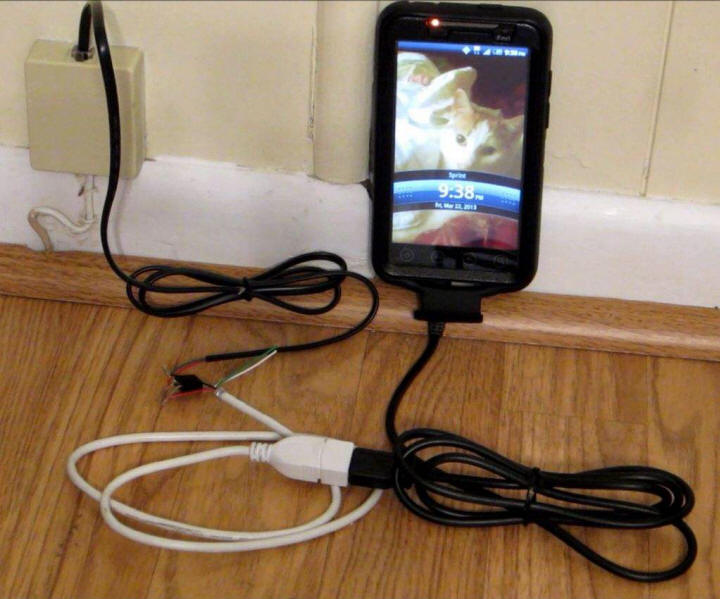
What do you do if the power is out and you need to charge your cell phone to make an emergency phone call? Don�t worry. There are plenty of potential power sources all around you. One of them is the phone line. In this instructable, I am going to show you how you can use the phone line to power your small electronic such as your phone or other USB devices in an emergency.
Step 1: Background Information: Power in the Phone Lines?


You may have noticed that corded phones don't need to be plugged into an electrical outlet. That is because they get all the power that they need to operate directly from the phone line itself. The phone company sends this power directly to your house through a pair of dedicated wires that connect to your phone jack. When the phone is not in use, this is a constant DC signal (about 50-60 volts). When the phone rings, the signal is a 20 hertz AC signal (about 90 volts). When in use it is a modulated DC signal (between 6 and 12 volts).
The phones lines even have power during a blackout in most cases. This is because the phone company maintains their own backup power system. Your phone lines may be powered even if you don�t have a land line service set up.
Step 2: Check the Phone Line with a Multimeter

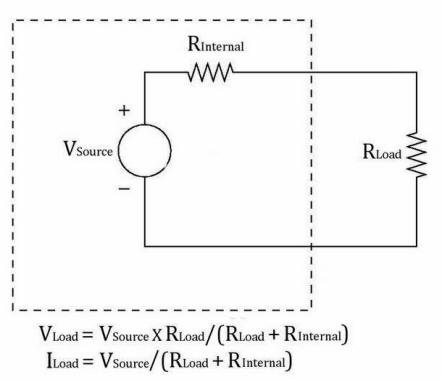
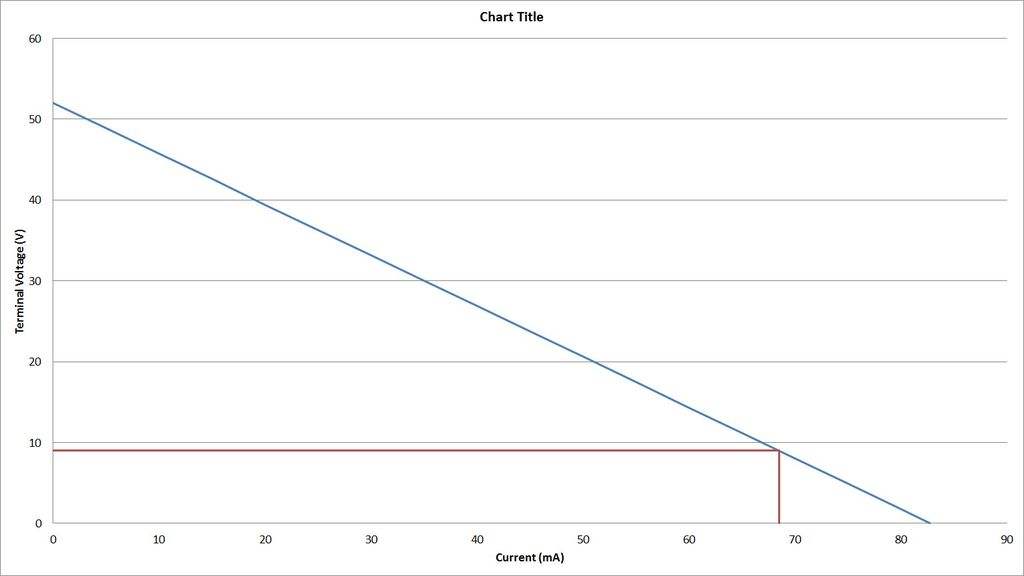
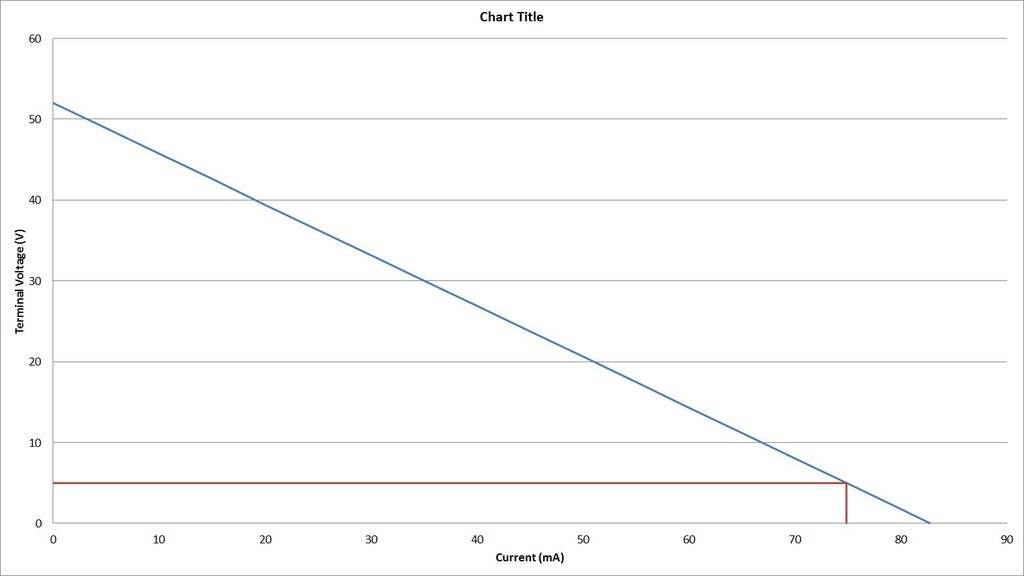
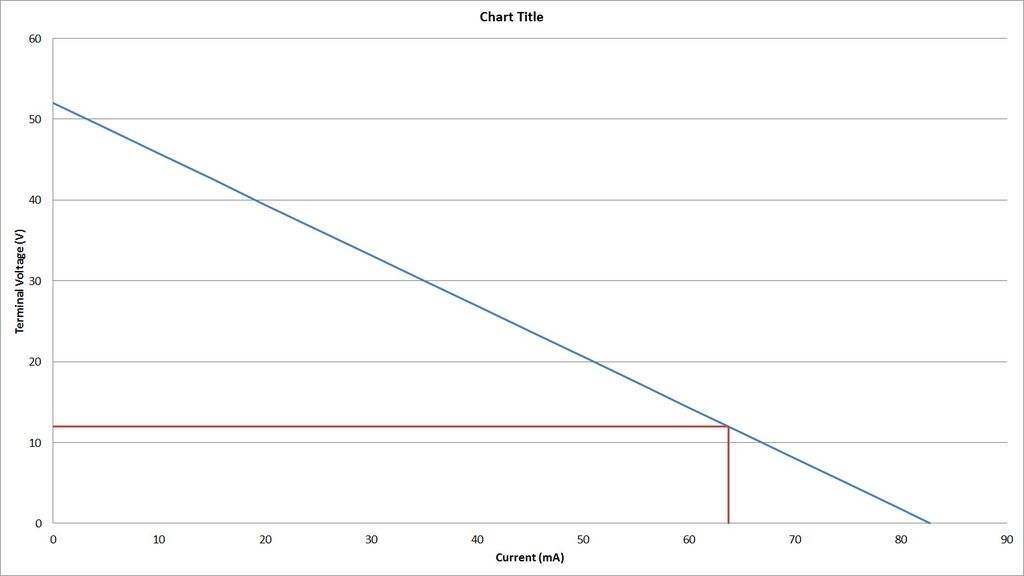
Before you try to tap into the electricity in the phone line, you should check it with a multimeter to see what you are working with.
Start by cutting open a phone cord and separating the internal wires. In most cases you will have one red wire and one green wire. Strip the insulation off the ends. Then plug the cord into a phone jack and use a multimeter to measure the output voltage. At my house, I measured an open-circuit (no load) voltage of 52 volts DC.
Then I hooked up various resistors to see what the output would be with different loads. I determined that the supply voltage isn't regulated. This means that the voltage changes depending on the resistance of the circuit that it is powering. After some calculating, I worked out that the base signal coming out of my phone jack pretty closely resembles a 52 Volt DC source with a 628 ohm internal resistance.
Basically this means that I can run a 12V circuit at 64mA, a 9V circuit at 68mA, or a 5V circuit at 75mA. This isn�t a lot. But it is enough to charge a cell phone.
Step 3: Construct a Simple Voltage Regulator Circuit
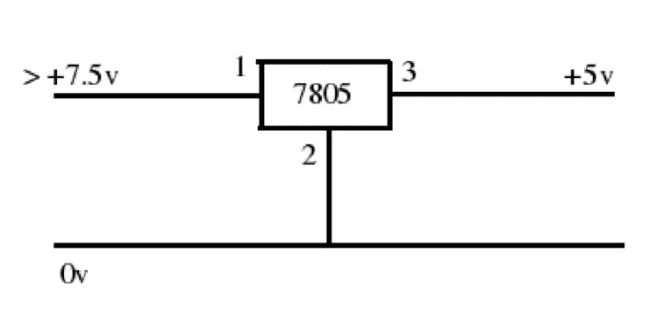
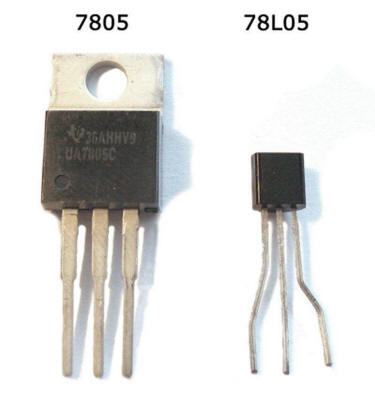


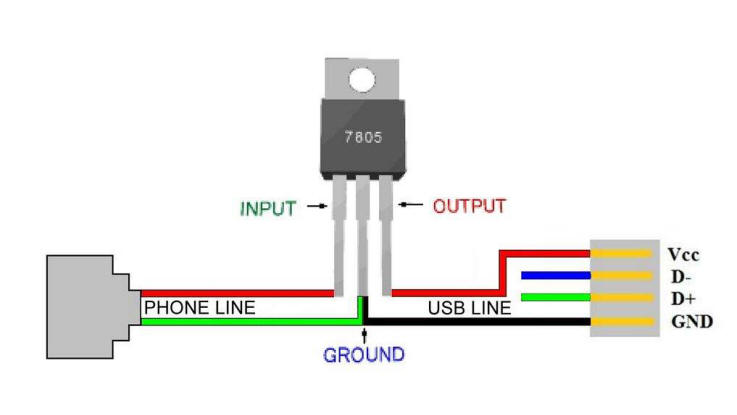
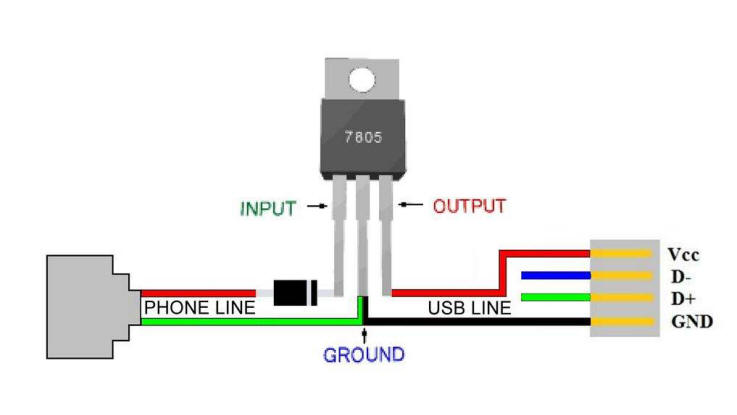
We know that the phone needs 5 volts in order to charge. But we don't know how much current it draws or its equivalent load resistance. So we can't charge the cell phone directly from the phone line. We need to use a voltage regulator to bring the output of the phone line down to 5 volts and keep it there. A LM7805 5 volt regulator should work fine.
To make this simple phone line adapter you will need the phone cord that we have been working with, the 5V voltage regulator and a USB connector cable with a female end. Just connect the red wire from the phone line to the first lead on the regulator and connect the green wire from the phone line to the second lead. Then connect the black wire from the USB cable to the second lead on the regulator and connect the red wire from the USB cable to the third lead on the regulator. If you can't solder the wires together (because the power is out), you can just wrap the wires around each lead. If you do this, you should bend the leads of the regulator away from each other. This will help you avoid accidentally crossing the wires.
This simple regulator circuit is able to safely convert the base phone signal into something that can be used to charge your phone. However, many voltage regulators are not able to handle the AC signal that they would receive if the phone rang. So if you are worried that you might receive a call while your regulator is hooked up to the phone line, then you may wish to add a diode between the red wire from the phone line and the first pin on the voltage regulator. This will protect your circuit from problems that may be caused by reverse polarity.
Step 4: Use Other Regulators for Other Output Voltages
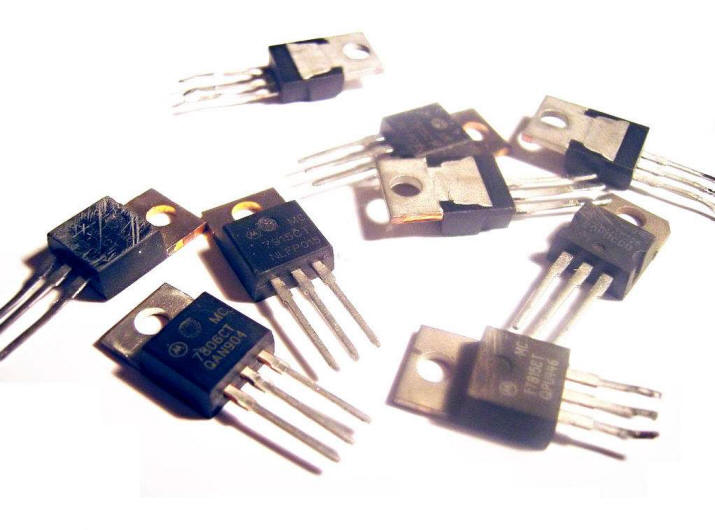

A 7805 regulator will work if you need an output of 5 volts but other kinds of voltage of voltage regulators are also available. Other voltages in the 78xx series include 6V, 8V, 9V, 10V, 12V, 15V, 18V, and 24V. In addition to these fixed value regulators, there are also variable regulators that let you set the voltage level with the use of a few external components. One such variable voltage regulator is the LM317. These are what you would use if you needed a different output voltage.
Step 5: Finished Phone Line Adapter Tool
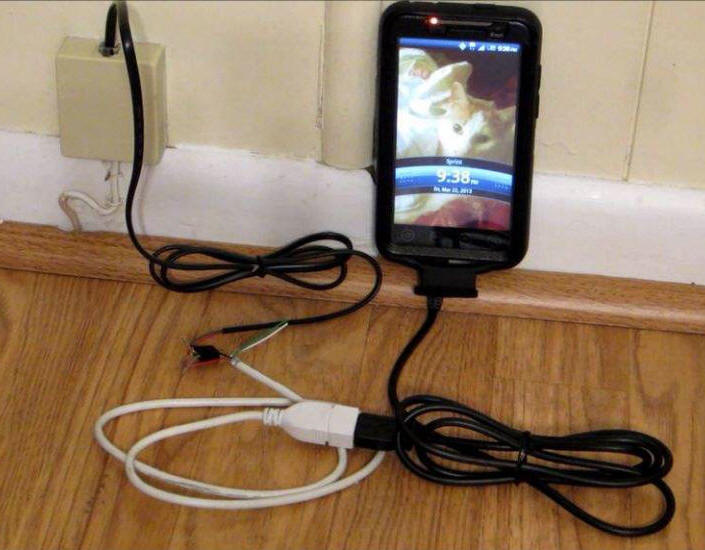
Plug the phone cord into the nearest phone jack. Then plug your phone and charging cable into the USB cable. Your phone should begin charging. In a few minutes, your phone should have enough power to make a call.
[email protected]
Copyright LCRC © 2012, 2016
Last revised: 15 February 2016
